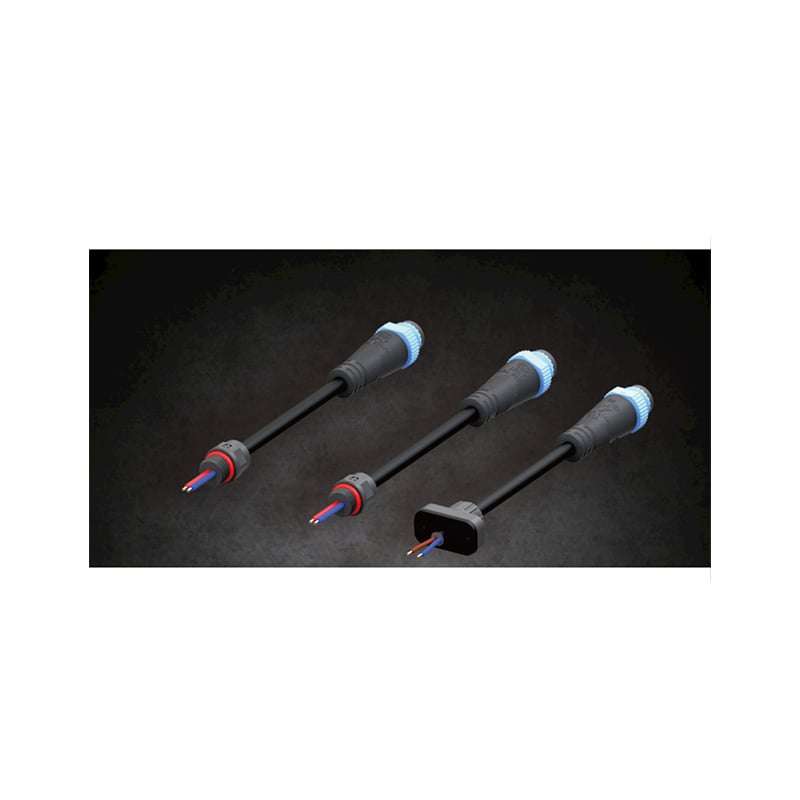What is a junction box used for??
When it comes to electrical wiring, a junction box is a critical component that plays an important role in keeping us safe. But what exactly is a junction box, and what is it used for? In this article, we'll explore the various aspects of this vital device.
1. Definition of a Junction Box
A junction box is an enclosure that protects electrical connections from various elements, such as moisture, dust, and accidental damage. It is made of plastic or metal, and it features multiple entry points through its sides or back plate. Inside, there are terminals that connect the wires, along with wire nuts or crimp connectors that secure them.
2. Types of Junction Boxes
There are several types of junction boxes available, including:
- Standard junction boxes: These are the most common type and are used for standard electrical installations.
- Weatherproof junction boxes: These are designed for outdoor use and can withstand water, dust, and harsh environments.
- Hazardous area junction boxes: These are used in hazardous locations where there is a risk of explosion, such as oil refineries and chemical plants.
3. Functionality of Junction Boxes
The primary function of a junction box is to contain electrical connections and prevent them from being exposed to the outside environment. It also allows for easy access to the connections, making it easier to troubleshoot problems or perform maintenance.
4. Benefits of Using Junction Boxes
Using a junction box can provide several benefits:
- Prevents damage: Junction boxes protect the wires from accidental damage, such as being stepped on or punctured by sharp objects.
- Reduces fire risk: By containing the electrical connections, junction boxes prevent sparks or fire caused by loose wires or improper connections.
- Keeps out moisture and dust: Moisture and dust can damage electrical connections, leading to malfunctions or dangerous situations. Junction boxes keep these elements out.
5. Location of Junction Boxes
Junction boxes can be located in various places, such as:
- In the ceiling or wall: This is common for lighting fixtures or wall outlets.
- In an attic or crawl space: These areas are commonly used for additional lighting or electrical outlets.
- Outdoors: Weatherproof junction boxes are used to provide power to outdoor lighting, pumps, or other outdoor electrical devices.
6. How to Install a Junction Box
Installing a junction box requires some basic knowledge of electrical wiring. Follow these steps:
- Turn off the main power source.
- Select the appropriate type and size of junction box for your installation.
- Mark the location of the junction box on the ceiling or wall and cut out a hole using a saw or hole saw.
- Thread the cables or wires through a knockout hole or port in the junction box.
- Connect the wires using wire nuts or crimp connectors.
- Secure the junction box to the ceiling or wall using screws or nails.
- Test the connections with a voltage tester before turning on the power.
7. Junction Box Maintenance
Junction boxes require little maintenance, but you should check them periodically to ensure they are still properly secured and the wires are not frayed or damaged. If you notice any damage or loose connections, turn off the power and replace the junction box.
8. Regulations and Standards for Junction Boxes
Junction boxes must meet certain regulations and standards to ensure safety and performance, such as:
- UL 50: This standard applies to enclosures for electrical equipment.
- NEC: The National Electrical Code provides guidelines for the installation and use of junction boxes.
- IP Code: The International Protection Code defines the degree of protection provided by enclosures against the ingress of solid objects, dust, and water.
9. Common Problems with Junction Boxes
While junction boxes are generally reliable, some common problems may occur:
- Loose connections: If the wires are not securely connected, they can cause arcing, which can lead to a fire.
- Overheating: Over time, the connections in the junction box can become loose or corroded, leading to overheating and potential fire hazards.
- Moisture damage: If the junction box is not properly sealed, water can seep in and damage the electrical connections, leading to malfunctions or dangerous situations.
10. Conclusion
Junction boxes are a critical component of any electrical installation, providing protection, access, and easy troubleshooting capabilities. By using a junction box, you can keep your electrical connections safe and maintain optimal performance for your devices.

